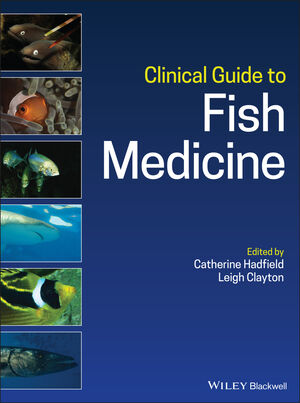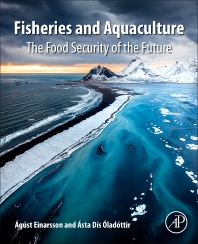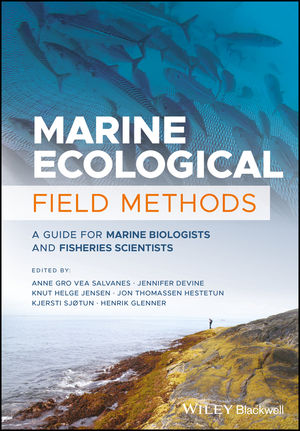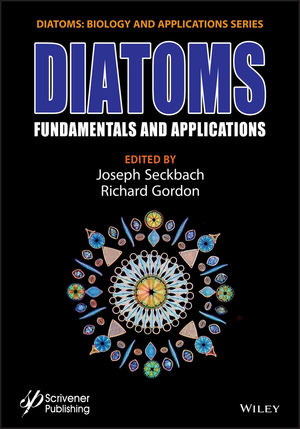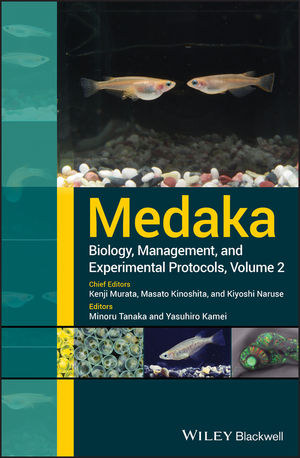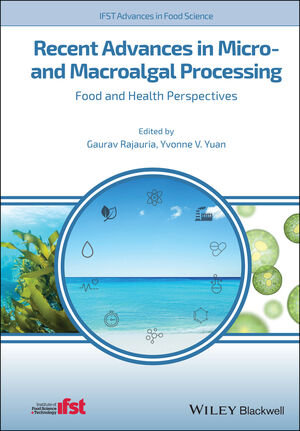
Features
Nutrition
Research
Healthy greens: novel processing techniques for plant protein in aquafeed
August 2, 2024 By Treena Hein
 Alfalfa used for making nutrient concentrate, Photo: USDA-ARS Plant Science Research Unit
Alfalfa used for making nutrient concentrate, Photo: USDA-ARS Plant Science Research Unit There’s a strong need to continue the expansion of plant-based protein in aquafeed, especially for carnivorous species like salmon, but a growing number of out-of-the-box approaches are spurring this movement forward.
“The main constraint to getting more plant protein into aquafeeds is cost-effective supply,” says Dr. Brett Glencross, technical director at the Marine Ingredients Organisation (IFFO). “That has two elements to it, the cost of the production of the crop and the other the protein content of the product and how to cost-effectively enrich that.”
Glencross explains that most crop products are too low in protein to be used without some form of processing. The expense of processing for the lower-value/higher-volume needs of the feed sector, however, can be offset with development of co-processing methods that deliver high-value ancillary products, like ethanol or food products.
Glencross adds, “there have been some interesting innovations in this area in recent years with bioethanol production systems.” Green Plains, for example, has introduced ‘Ultra-High Protein,’ a corn ingredient with more than 50 percent protein and high digestibility for aquaculture and pet food. It’s made using Fluid Quip Technologies’ patented Maximized Stillage Co.-products processing system.
Water-based canola processing
After four years of pioneering research development, the Calgary, Alberta-based, Botaneco, has achieved the creation of a canola concentrate that’s 75 percent protein. Alofin is at the pre-commercial stage with production planned to begin in Canada within the next two years.
“Achieving about 75 percent plant protein concentration has never been done in canola before,” says David Dzisiak, Botaneco’s Chief Operating Officer. “That’s higher than most other plant proteins and actually higher than leading animal proteins as well. Our processing method is also very scalable and efficient, so that means large amounts of canola can be processed. It’s a water-based process that’s very different and removes fiber and anti-nutritional factors at the same time. We don’t use heat or solvents.”
The end results are excellent feed intake, digestibility and growth rates in salmon and shrimp says Dzisiak. Trials in both have has success with inclusion rates of up to 30 percent.
The future Botaneco plant in Canada will supply salmon farms in North America and Chile, and another plant planned in Europe will process canola being grown there, again for salmon markets. A plant in the Asia-Pacific for shrimp is also foreseen, which will process canola from Canada or Australia.
“Developing new and innovative processes is very important if we want to grow the use of plant-based protein in aquaculture,” says Dzisiak. “Without our thinking outside the box, canola meal would have remained very underutilized in aquafeed. And our process is so efficient and scalable that we can deliver a price for Alofin that’s well below fishmeal prices, and also, well below insect and single-cell protein prices.”
Juicing alfalfa
Another example of out-of-the-box thinking comes from scientists at the U.S. Department of Agriculture (USDA) and University of Minnesota (UM). Over recent year, they’ve developed alfalfa protein concentrate (APC), which team member Dr. Deborah Samac says “is promising for a range of fish species due to its protein quality, amino acid content, and low amount of anti-nutrients.” Samac is a research leader at the USDA Agricultural Research Service in St. Paul, MN.
APC is also a rich assortment of vitamins, including A, B and D, as well as minerals such as magnesium and copper. The process to make it involves passing alfalfa leaves through a screw press, drying the juice and processing it into pellets with other ingredients. UM scientists published results in 2021, with APC derived from fresh alfalfa foliage of about 52 percent protein.
USDA and UM trials feeding APC to yellow perch have been going on since 2020. One study with 180 g/kg APC replacing all fishmeal in a formulated diet found that fish growth rate was a bit slower and feed conversion ratio was higher (+0.32 g feed/g growth) than fish on the control diet containing fishmeal. Further studies are currently in the process of publication.
Barley
Scoular has created Emerge, a barley protein concentrate produced at the company’s facility in Jerome, Idaho, the state with the most barley production. The company states that “Emerge uses a proprietary, patented process which protects the protein from heat damage and removes fiber, allowing the naturally-occurring phosphorus to be highly bioavailable.”
Riverence LLC conducted a commercial trial at two of the company’s trout fish farms in Idaho.
“Emerge barley protein concentrate was used at a 30 percent inclusion rate in diets of 375,000 fish in alternative commercial raceways and compared to trout fed a standard fishmeal diet. The fish were fed from juvenile stage through harvest, a period of 18-24 months depending on time of year, water conditions, the farm, etc. Growth, appearance and taste were identical to trout in the adjacent raceways fed the conventional fishmeal-based diet.”
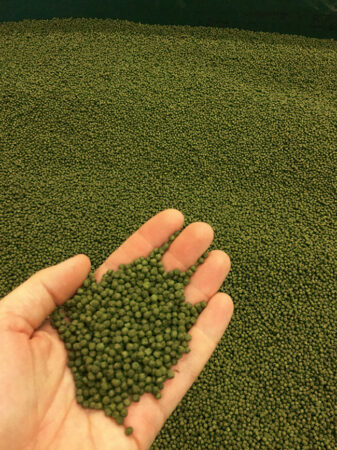
Yellow perch feed pellets with alfalfa nutrient
Photo:USDA-ARS Plant science research unit
Challenges to plant-based
In a new report, “Emerging Protein-Rich Ingredients For Aquaculture Report 2024,” Hatch Innovation Services of Norway examines grass, barley, corn, canola and more. More innovation is needed, say the authors, with new ways of improving protein extraction and reducing anti-nutritional factors, as well as repurposing of older commercial processes for new ingredient production.
Indeed, getting new production processes up and running is not easy. “Setting up facilities to mass produce a single ingredient of consistent quality and quantity requires time, expertise and capital to overcome challenging engineering and biological hurdles,” state the report’s authors. “Especially for novel ingredients where production processes were not well understood or explored, the pioneer takes an unknown risk. Emerging ingredients thus need to undergo rigorous in-house testing and long trial periods and meet consistent production volumes and nutritional values before they are seriously considered for significant inclusion in aquafeed formulation.”
Glencross and a team of world-renowned fish nutritionists have also just published a scientific review of various new and emerging protein sources for aquafeed. Among other proteins, they looked at cereal, oilseed and pulse crops in raw or processed forms.
Their assessment demonstrates that every protein has strengths and weaknesses – but in many cases, the weaknesses of one ingredient can be matched with the strengths of others. “Many grains have the advantage of well-established low-cost production systems,” says Glencross. “This allows production of large volumes of products, which can in many cases and using existing processing capacity, produce significant volumes of protein.”
While there is large-scale production of wheat and corn ingredients from bioethanol production, Glencross says the scale is not quite there yet with other plant protein aquafeed ingredients from sources like grass or alfalfa, but other crops like lupins, horse beans and other pulses are already widely understood and fit into many formulations.
“Again, it is the scale of production and establishment of low-cost (or cost-offset) processing that brings opportunity here,” Glencross explains. “All these products have a strength, or potential strength, of low-cost supply of energy and nutrients. However, they do bring some anti-nutritional factors (which need to be managed), and palatability is neutral at best, otherwise, it is a weakness that needs to be offset with some ingredients with positive palatability elements, like marine ingredients (like fishmeal and fish oil).”
